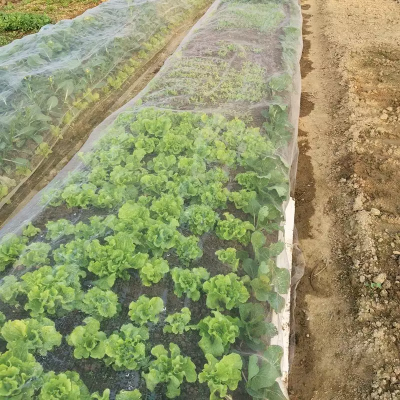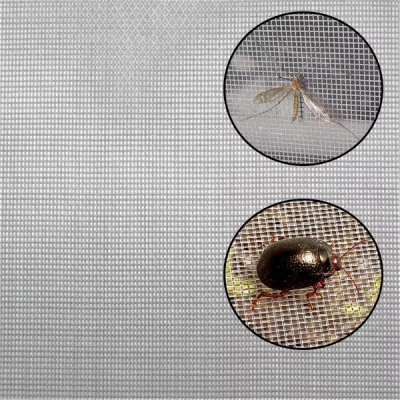When choosing the right agriculture netting for different crops, several factors should be considered. Here are some key factors to take into account:
- Crop Type: Different crops have varying growth habits, heights, and susceptibility to pests and diseases. Consider the specific characteristics of the crop you are growing to determine the appropriate type of agriculture netting. For example, fine mesh netting may be suitable for protecting smaller crops or seedlings from insects, while larger mesh sizes may be more appropriate for vine crops or taller plants.
- Pest Pressure: Assess the pest pressure in your area and identify the primary pests that affect your crops. Choose agriculture netting with the appropriate mesh size to effectively exclude the specific pests you are targeting. Smaller mesh sizes are suitable for preventing small insects, while larger mesh sizes may be needed to deter birds or larger pests.
- Disease Concerns: Some crops are more susceptible to diseases than others. If your crop is prone to fungal diseases or viral infections, choose agriculture netting that provides good airflow while still preventing the entry of disease-causing pathogens. Look for netting that is designed to allow proper ventilation and light penetration to maintain a healthy growing environment.
- Climatic Conditions: Consider the climate and weather patterns in your area. If you are dealing with intense sunlight, high temperatures, or hailstorms, choose netting that offers shade or hail protection. Shade netting can help regulate temperature and reduce heat stress on crops, while hail netting can prevent damage from hailstones.
- Durability: Assess the durability of the agriculture netting material. It should be able to withstand outdoor conditions, including UV radiation, wind, and rain. Look for netting made from high-quality materials that are resistant to tearing, fraying, or degradation from prolonged exposure to sunlight.
- Installation and Maintenance: Consider the ease of installation and maintenance of the netting. Some netting may require additional support structures, such as frames or poles, for proper installation. Ensure that the netting can be securely attached to these structures and easily maintained throughout the growing season.
- Cost-effectiveness: Evaluate the cost-effectiveness of the agriculture netting. While high-quality netting may be initially more expensive, it can offer better durability and longevity, resulting in long-term cost savings. Consider the potential yield benefits and reduction in pest or disease-related losses when comparing the cost of different netting options.
It is also beneficial to consult with local agricultural experts, fellow farmers, or suppliers who have experience with agriculture netting in your specific crop and region. Their insights can provide valuable information on the most suitable netting options for your farming needs.








